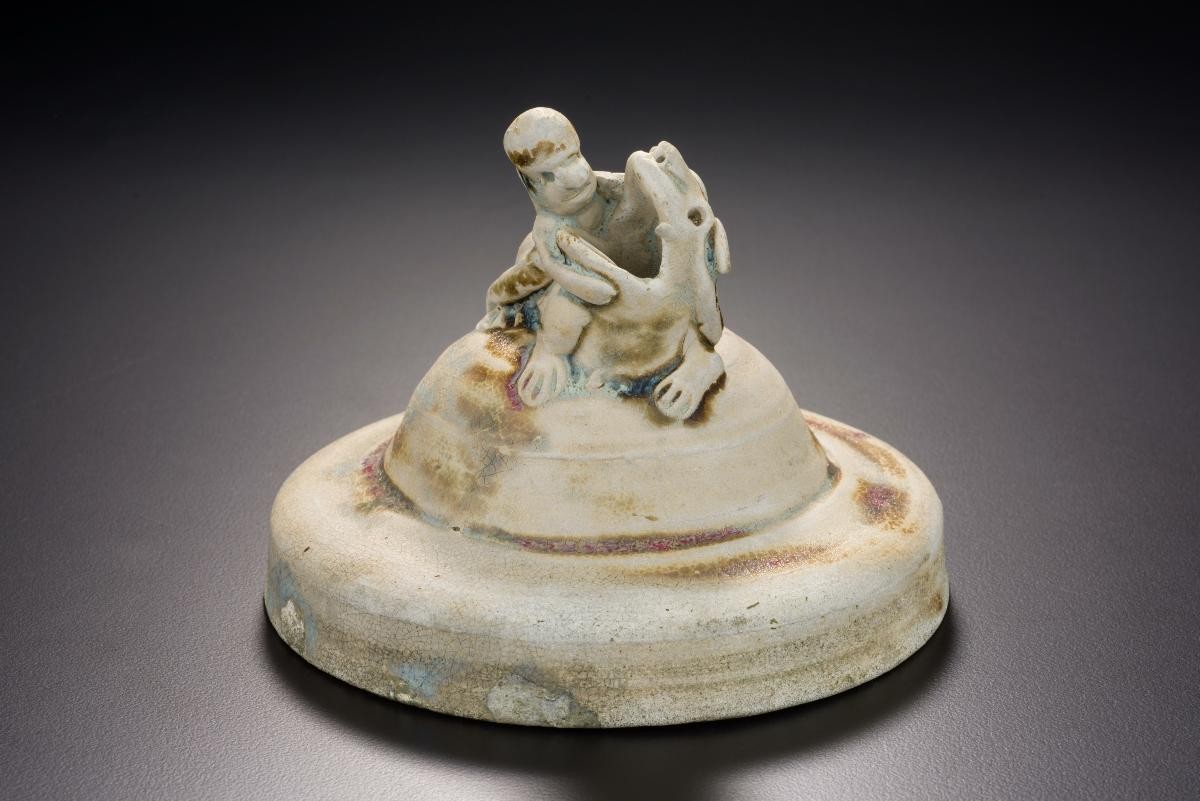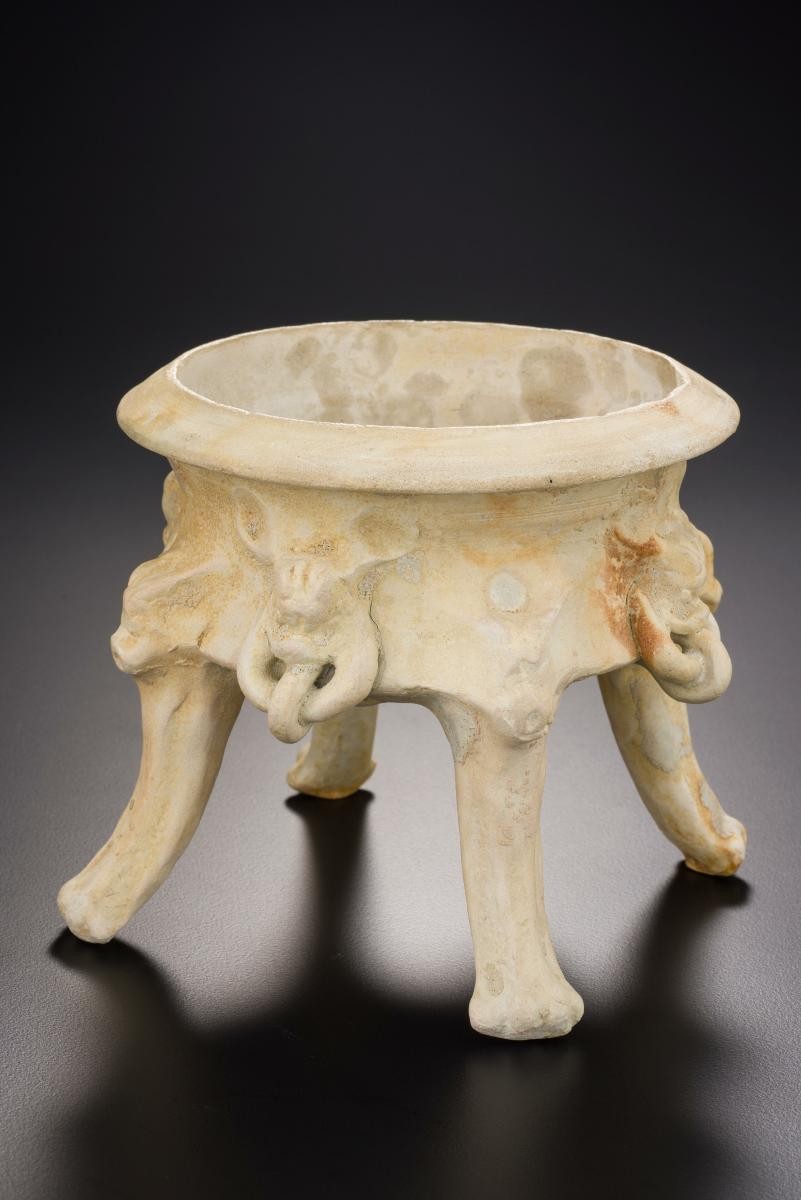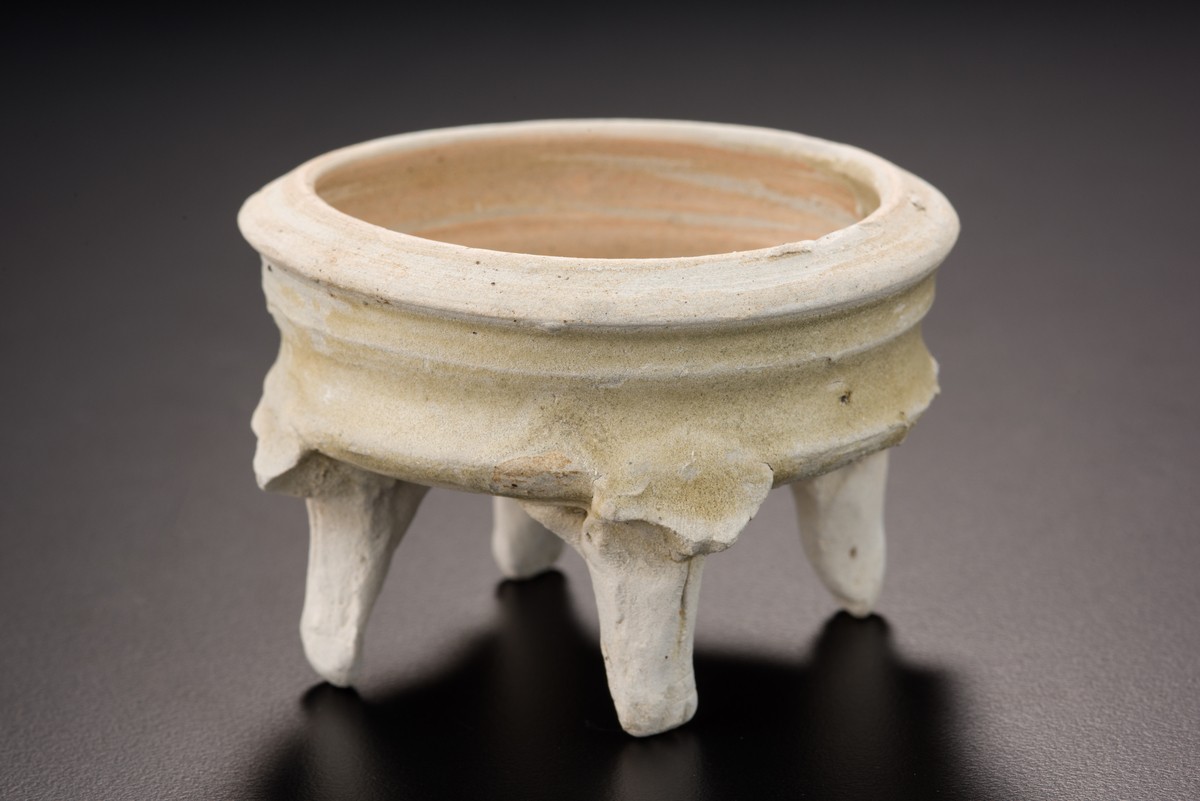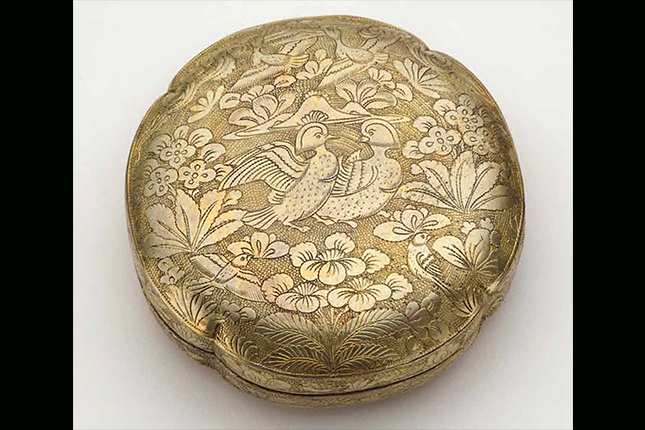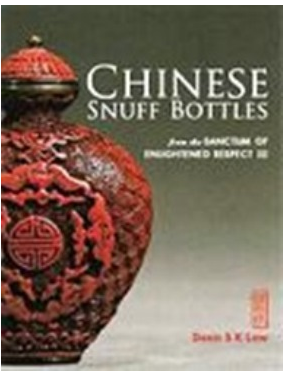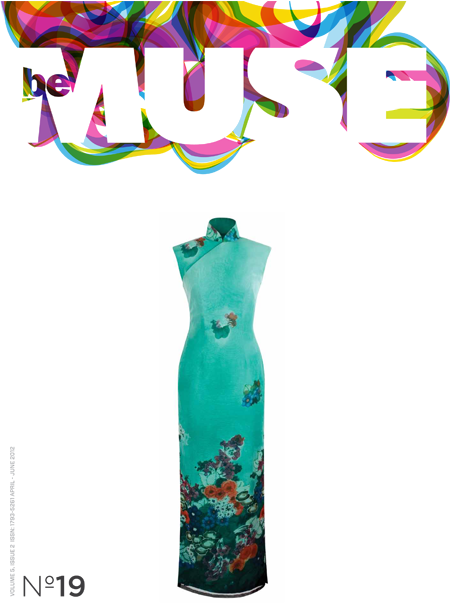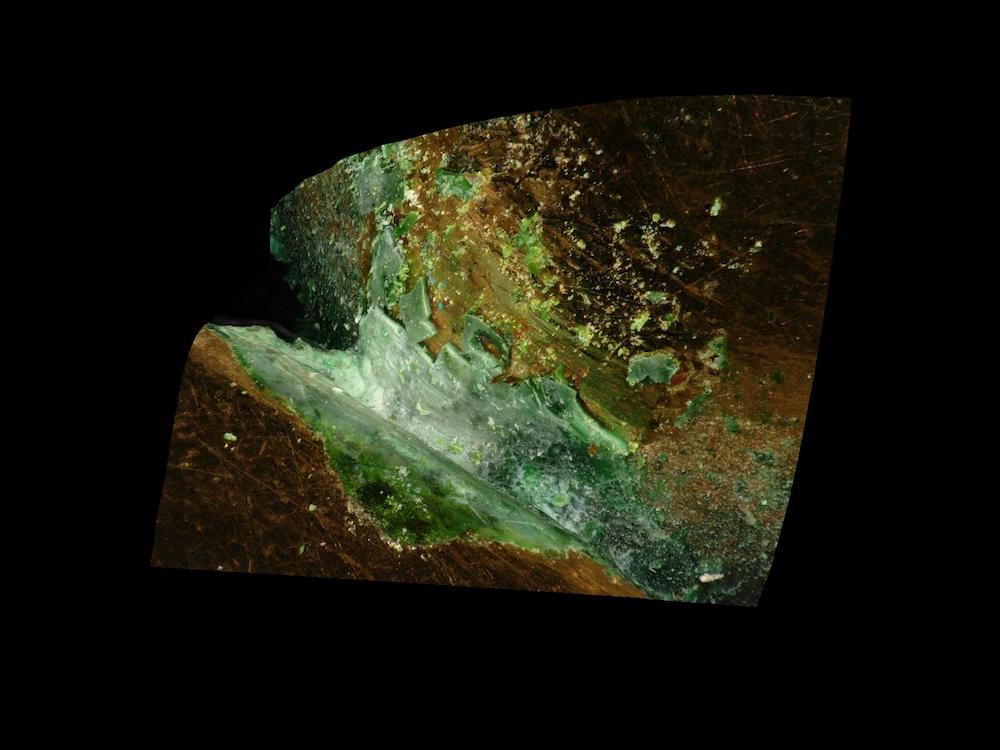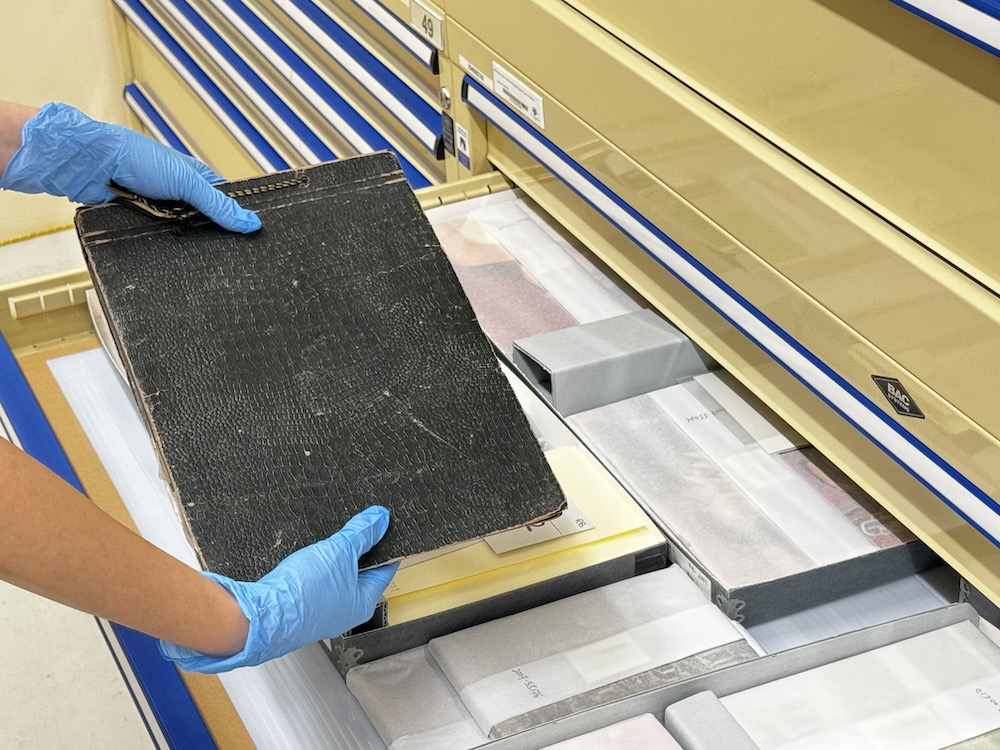The vast bulk of the Tang shipwreck’s cargo was made in the kilns of Changsha, Hunan province. Some 57,500 pieces were recovered, testament to mass production and commerce in the 9th century. Changsha ceramics were popular both within China and abroad. Significant quantities have been excavated at Yangzhou, the main port where the wares were stored before being shipped.Changsha was isolated from the Tang capital at Chang’an (today Xi’an) as well as from the commercial centres on the coast. Because of this, Changsha potters developed a distinctive style of decoration, using green and brown glazes. This incense burner lid with a figure and a lion may have been part of a tea set. Tea acted as a stimulate and helped sustain attention during meditation.






